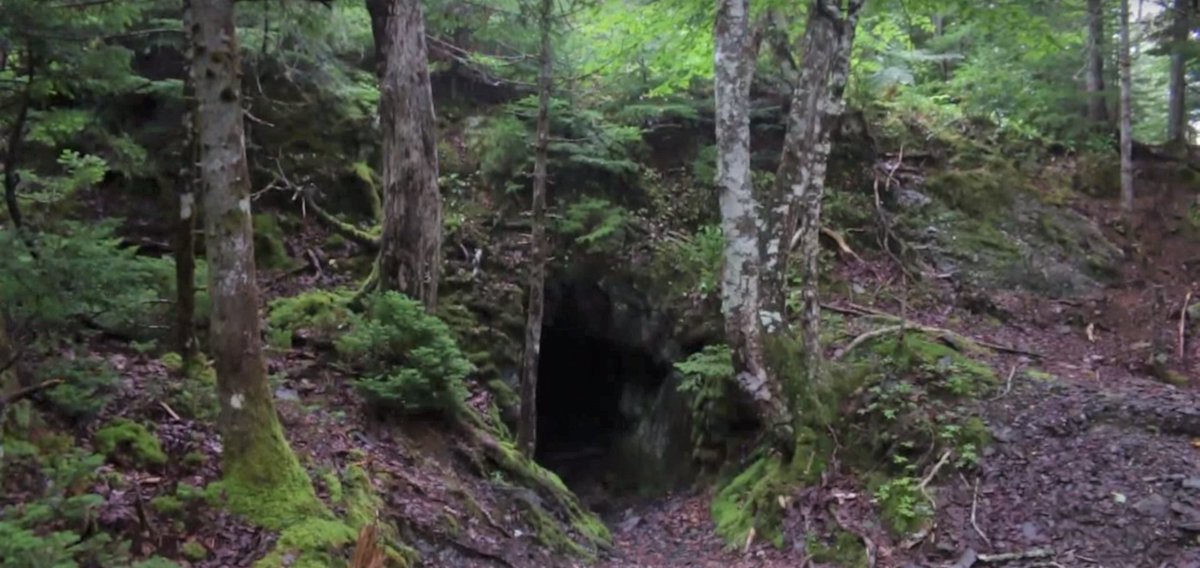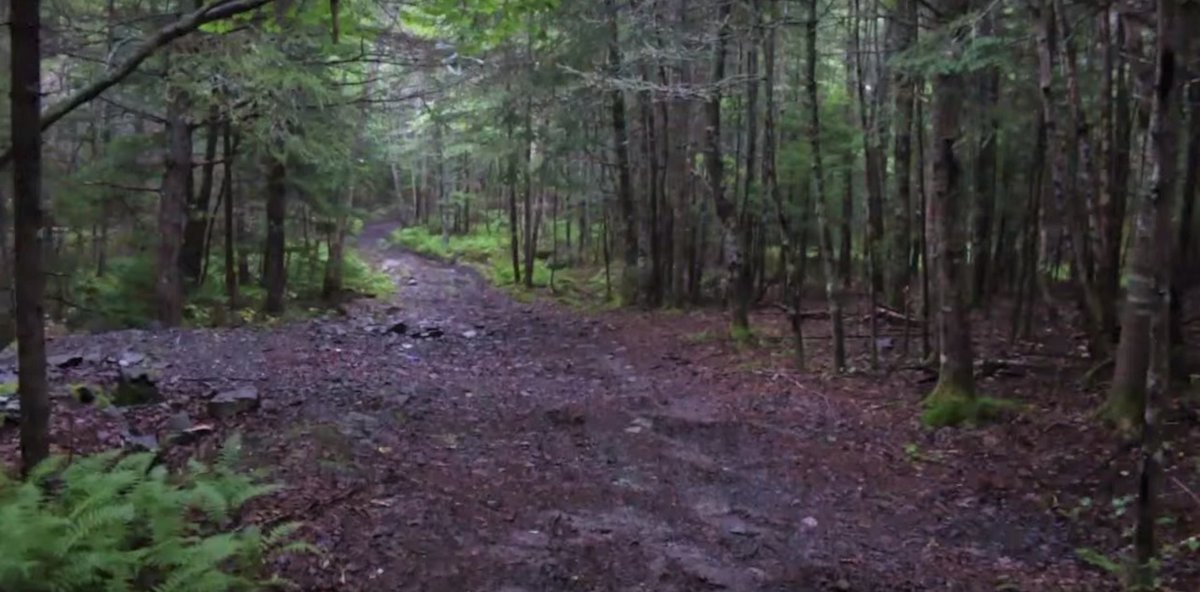#Mining is part of the fabric of #NovaScotia in ways we don’t always appreciate. For example, this image of a prospector panning for #gold is in the floor of the #Mineville Medical Centre. Many people probably walk over it without being aware of the area’s mining history.
#nspoli
#nspoli

Indications of #gold in #Mineville were first found by William Crooks. Young William’s father ridiculed him for thinking he had found gold so William threw the rock away.
#NovaScotia #nspoli

#NovaScotia #nspoli


A few years later in 1861, amid the excitement of the discovery of #gold in #Tangier, William went back to where he had found the rock and found several nuggets of gold. We now consider this the discovery of gold in #Mineville.
#NovaScotia #nspoli

#NovaScotia #nspoli


The #Lawrencetown Gold District, as it came to be known, was surveyed into lots that year and 40 distinct veins were opened in 1861-62. Placer #mining (panning for #gold) also took place starting in 1862.
#novascotia #nspoli
#novascotia #nspoli

A number of companies sought #gold in #Mineville but production was modest: 488 ounces in total, almost half it from the Shanghai Diggings.
#novascotia #nspoli

#novascotia #nspoli


William Crooks scraped together enough money in 1876 to do some #mining but it didn't make him rich - he only found a small amount of #gold.
#novascotia #nspoli

#novascotia #nspoli


• • •
Missing some Tweet in this thread? You can try to
force a refresh



























